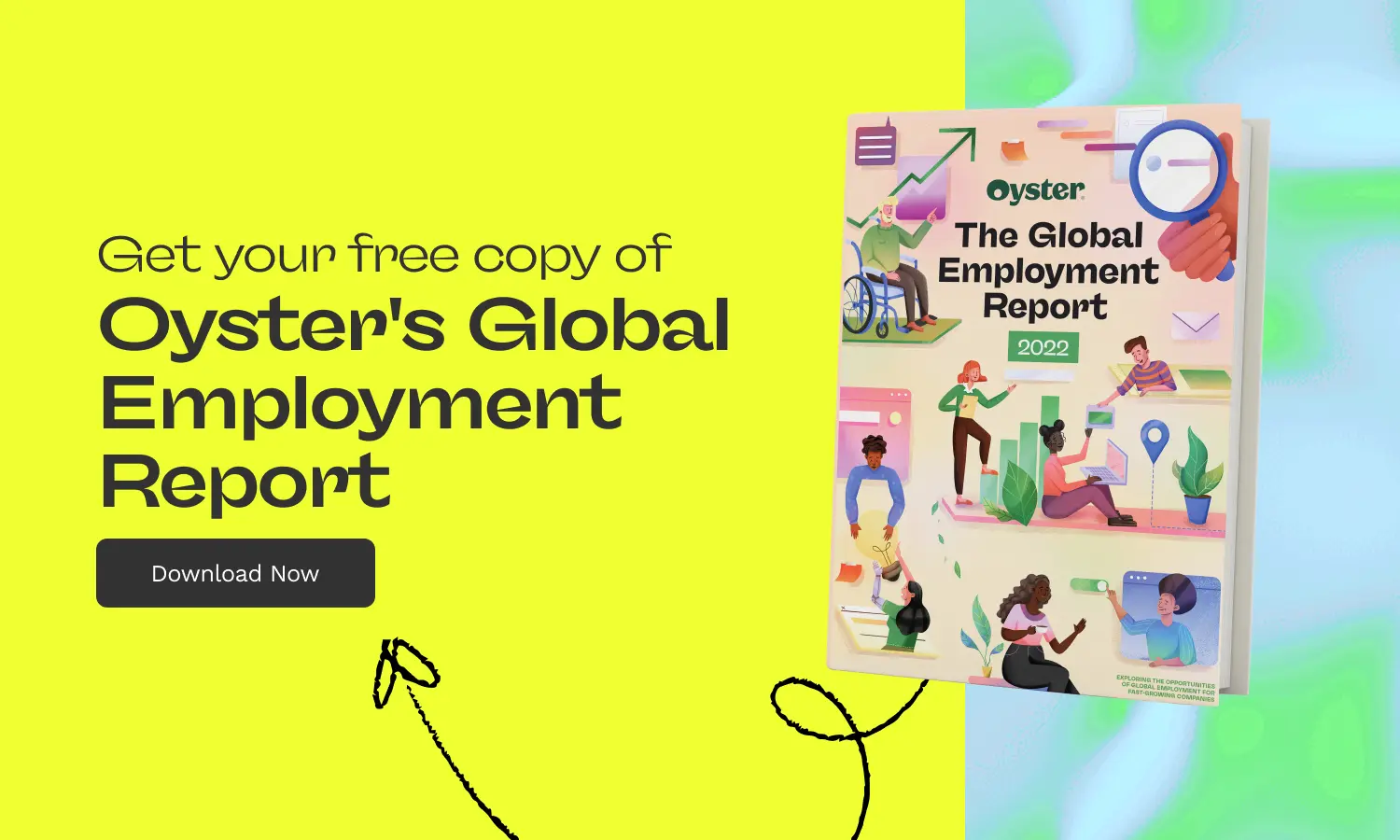Working from home has become the norm for millions of workers worldwide since the beginning of the COVID-19 pandemic. It’s hardly surprising that 44% say remote work options are one of their top three factors when choosing their ideal company.
But even though remote work looks like it’s here to stay, increasing numbers of companies are now recalling their staff to the office—citing in-person interactions, office culture, and facility use as reasons. (Some big tech companies like Google have invested millions of dollars in their office spaces!).
In June 2022, Tesla CEO Elon Musk insisted that his employees spend a minimum of 40 hours per week in the office or risk losing their jobs—resulting in a drop in morale and employee engagement. In April 2022, Google took a hybrid approach and mandated that all its employees return to the office at least three days a week.
Perhaps you, too, are considering calling people back to the office but are concerned about backlash from employees who have grown accustomed to their WFH lifestyle. This article will cover three key elements to consider as you create a workplace strategy, so you can make the best decision for you and your team.
.avif)
The financial benefits of a WFH policy
Although companies have been debating the efficacy of working from home since long before the pandemic, global lockdowns turned that speculation into a necessity. With employees forced to work from home, companies began to evaluate the difference this made to their normal costs—and the results were noticeable to say the least.
Overheads are traditionally the highest cost of running a company. Facilities management—especially in places like London, Dublin, New York, or San Francisco—is costly and eats away at your overall budget. Conversely, flexible work options like remote and hybrid models can lower costs and boost your bottom line.
Are the cost savings really worth it, though? Well, according to Global Workplace Analytics, employers can save over $11,000 per half-time telecommuter per year, which is a lot of money when you think about the 3.7 million employees who currently work from home at least half the time.
Working from home is also a great option for small business owners who want to save on the hassle of renting an office, buying office supplies, and the overall preventive maintenance that comes with renting a space.
Here are a few of the main costs you can save on by foregoing physical space and embracing new ways of working:
.avif)
- Rent and utilities: If most of your team is working from home, you won’t need to pay for larger premises, saving money on rent and utilities.
- Cleaning services: With minimal staff onsite, your cleaning services bill will likely decline significantly.
- Food: Whether providing a cafeteria service or serving refreshments during meetings, you will eliminate this cost if you have remote employees.
- Taxes: There are three factors that determine a company’s tax burden: payroll, sales, and property. Making changes that accommodate remote workers could decrease your tax burden.
Workplace strategy is the new talent strategy
Saving on office space costs is the guiding principle behind entrepreneur Tushar Agarwal’s startup Hubble. He developed the innovative work desk-leasing service when he realized how much companies were spending on real estate leases.
According to Agarwal, remote work options have become a non-negotiable for many job seekers looking for a better work-life balance. Therefore, companies that don’t offer them are likely to miss out on top talent and have lower employee retention. To get an idea of how employee demands have changed, take a look at these results from a survey by primepay.com:
- One in four employees has changed jobs to shorten their commute.
- Employees who work remotely are the most likely to strongly agree that their engagement needs are being met.
- Given the option, 99% of people surveyed said they would “choose to work remotely at least part-time for the rest of their careers.”
.avif)
Clearly, the people have spoken—and they want remote work options. Opening your company to a global workforce will help you attract the best, most talented people around the world, no matter where they live. It also helps you build a more diverse workforce.
However, there’s no need to go 100% remote if you don’t want to. Hybrid working models are an increasingly popular option that combines the best of both remote and onsite work. The key when you’re deciding which route to choose is to understand that it will influence the kind of employees you’ll attract, as Agarwal points out.
He draws on the examples of Netflix and Spotify—two SaaS companies delivering at-home streaming services but taking different approaches to the employee experience. While Netflix has demanded a full-time return to the office, Spotify lets their employees choose whether they want to be remote-first or office-first.
This means a software engineer who values the office environment might be drawn to a career at Netflix, while a software engineer who prefers to work from home may gravitate toward Spotify.
The importance of personalizing the workplace
The reality of a hybrid work environment means companies no longer have a one-size-fits-all approach to work, which also has implications for workplace design.
For instance, if you have fewer employees working in the office at the same time, you can make a few tweaks to your work settings, such as turning individual cubicles into coworking spaces or a meeting room into a games room.
This can improve the workplace experience and encourage team members to come in more often and spend longer at the office.
The future of work is flexible
Aside from remote work having clear cost-saving advantages for small and medium-sized businesses, employees expect remote work options in the post-pandemic world. Even if you decide to bring people back to the office, you’ll need to offer remote work at least some of the time to attract and retain top talent. Remote work options will also allow companies to hire the best people for the job, regardless of where they’re based in the world.
If concerns about global hiring are holding you back from welcoming a global workforce, get in touch with Oyster. We provide end-to-end services for hiring global employees, including compliance, payroll, and benefits, so you can focus on the work that matters most. Sign up for a free account today!

About Oyster
Oyster is a global employment platform designed to enable visionary HR leaders to find, engage, pay, manage, develop, and take care of a thriving distributed workforce. Oyster lets growing companies give valued international team members the experience they deserve, without the usual headaches and expense.
Oyster enables hiring anywhere in the world—with reliable, compliant payroll, and great local benefits and perks.










.avif)



_Leader_Leader%201%20(2)%20(3).svg)
_Leader_UnitedKingdom_Leader%201%20(1).svg)
_Leader_Europe_Leader%201%20(1).svg)
_Leader_Mid-Market_Leader%201%20(1).svg)
_Leader_Small-Business_Europe_Leader%202%20(2).svg)
_Leader_Small-Business_Leader%201%20(1).svg)
_FastestImplementation_Small-Business_GoLiveTime%201%20(1)%20(1).svg)